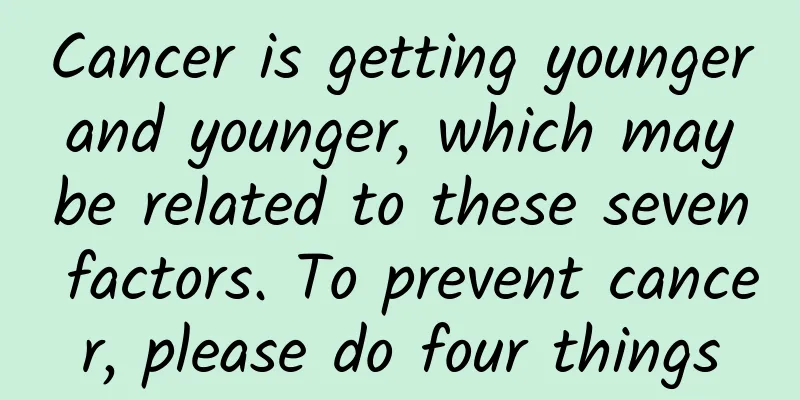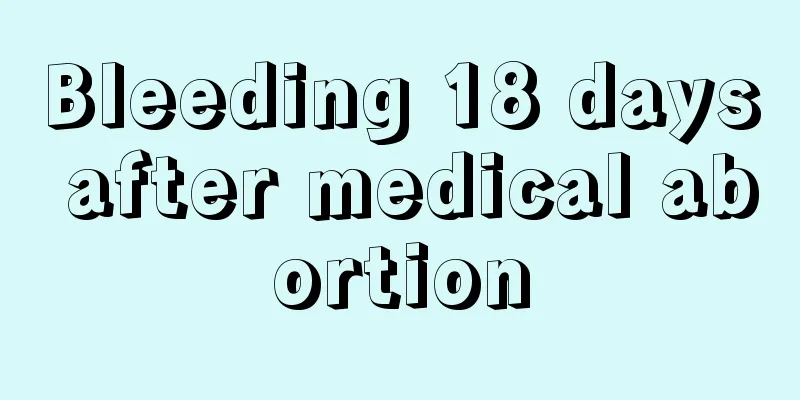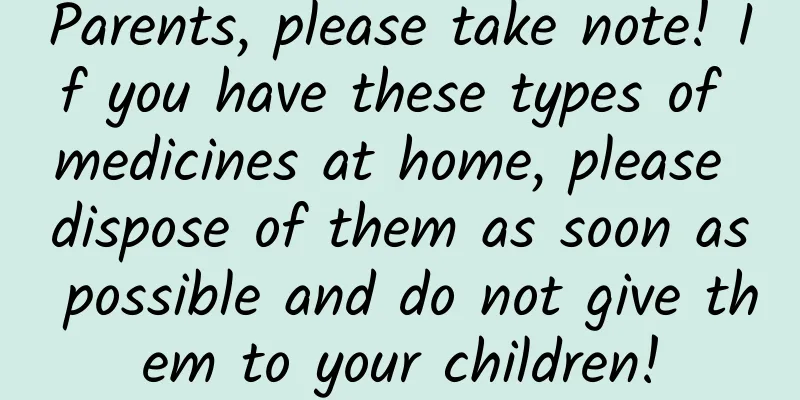Caesarean section scar has hard pimples

|
Caesarean sections will leave scars, which will not only affect the beauty of the skin, but may also cause infection and lesions, so we can use scar removal methods to eliminate scars. When hard lumps appear on the scar, it means that the wound is infected. At this time, we should disinfect and clean it. If there is secretion from the incision, we should seek medical attention in time and eat more protein to promote wound recovery. 1. Carry out disinfection and cleaning, and do not let the wound get wet. Mothers who have undergone cesarean section should follow the doctor's instructions and change the gauze and medicine on the incision regularly. When replacing it, first use a sterilized cotton ball dipped in 75% alcohol to wipe the area around the incision, then apply medicine and tie gauze. Do not get the wound wet before it heals, so it is best not to take a bath within 2 weeks after delivery to prevent water from contaminating the wound and causing infection and inflammation. You can wipe your body with a wet towel to relieve discomfort. 2. Eat more foods that are beneficial to wound healing. The healing of incisions requires a lot of nutritional support, so mothers who have undergone cesarean section must ensure that they have rich nutrition after delivery. The nutrients needed for wound healing are mainly protein, trace elements zinc, iron, B vitamins and vitamin C. Mothers can supplement them by eating the following foods: fish, chicken, eggs containing high-quality protein and B vitamins, kelp and fungus rich in zinc, apples, oranges, strawberries rich in vitamin C, etc. In addition, propolis capsules and pollen tablets can also help wound healing, so you can eat some of them appropriately. 3. How to deal with incision discomfort Mothers who have undergone cesarean section after delivery should pay attention to the incision. If there is a lot of exudate flowing out of the incision, they should tell the medical staff in time to deal with it. If you have been discharged from the hospital, you can drain the wound yourself with high-permeability saline gauze and flush it with saline, while increasing the frequency of dressing changes. If the exudation is severe, go to the hospital for treatment. It is normal for the incision to itch. Never scratch it with your hands. You can apply some anti-itch ointment around the incision to relieve the pain. The incision will begin to hurt after the anesthetic wears off, and the pain will not subside until 2-3 days later. If the pain persists and there are abnormal conditions, such as redness, swelling and heat of the incision, tingling when pressing the wound with your hand, and local fluctuations, it may be inflammation and suppuration, and you need to go to the hospital for treatment in time. |
<<: Leucorrhea pus cell positive
>>: Is cesarean section dangerous for gestational hypertension?
Recommend
How to enhance female sexual ability
As the competitive pressure in modern society con...
Is a little bit of blood considered redness?
In the early stages of pregnancy, if vaginal blee...
Pregnant woman neck sweating
Many pregnant mothers are consulting about the is...
You must not know the taboos of eating durian
Durian is a fruit with very comprehensive nutriti...
Experts point out four major problems in home kitchens. Are you affected?
Data shows that the oil and salt intake of Chines...
What to do if you are malnourished during the third month of pregnancy
Pregnancy is a very special physiological period....
Pelvic fracture nerve injury, seizing the treatment opportunity is the key
There are many cases of pelvic fractures and nerv...
The woman is always woken up by the heat in the middle of the night
When women reach around 40 years old, if they oft...
Propolis for uterine fibroids
The nutritional value of propolis is very high. M...
Can pregnant women play badminton?
We often see pregnant women who are obese, have b...
Is it true that children tend to become weak when their feet are soaked?
"To grow a tree, you need to protect its roo...
Why is there urine protein during menstruation?
When women have their period, many changes will o...
Can I get pregnant if I have sex 8 days before my period?
Whether pregnancy is possible depends entirely on...
Does the enlargement of a mole mean that it is becoming malignant?
Not necessarily Don't be afraid, the change i...
Why do women have itchy lower body?
Women are naturally more delicate and more shy, s...









